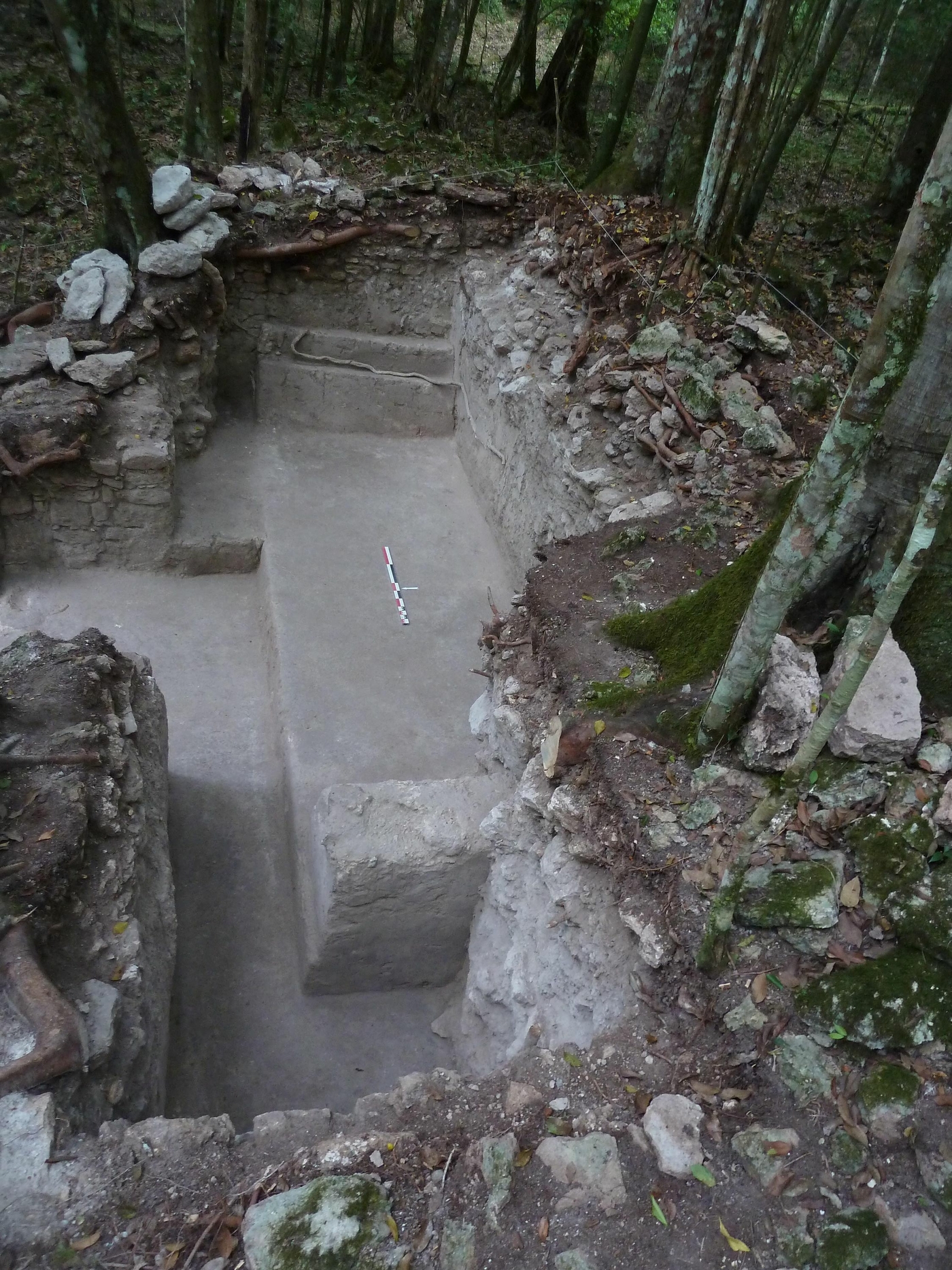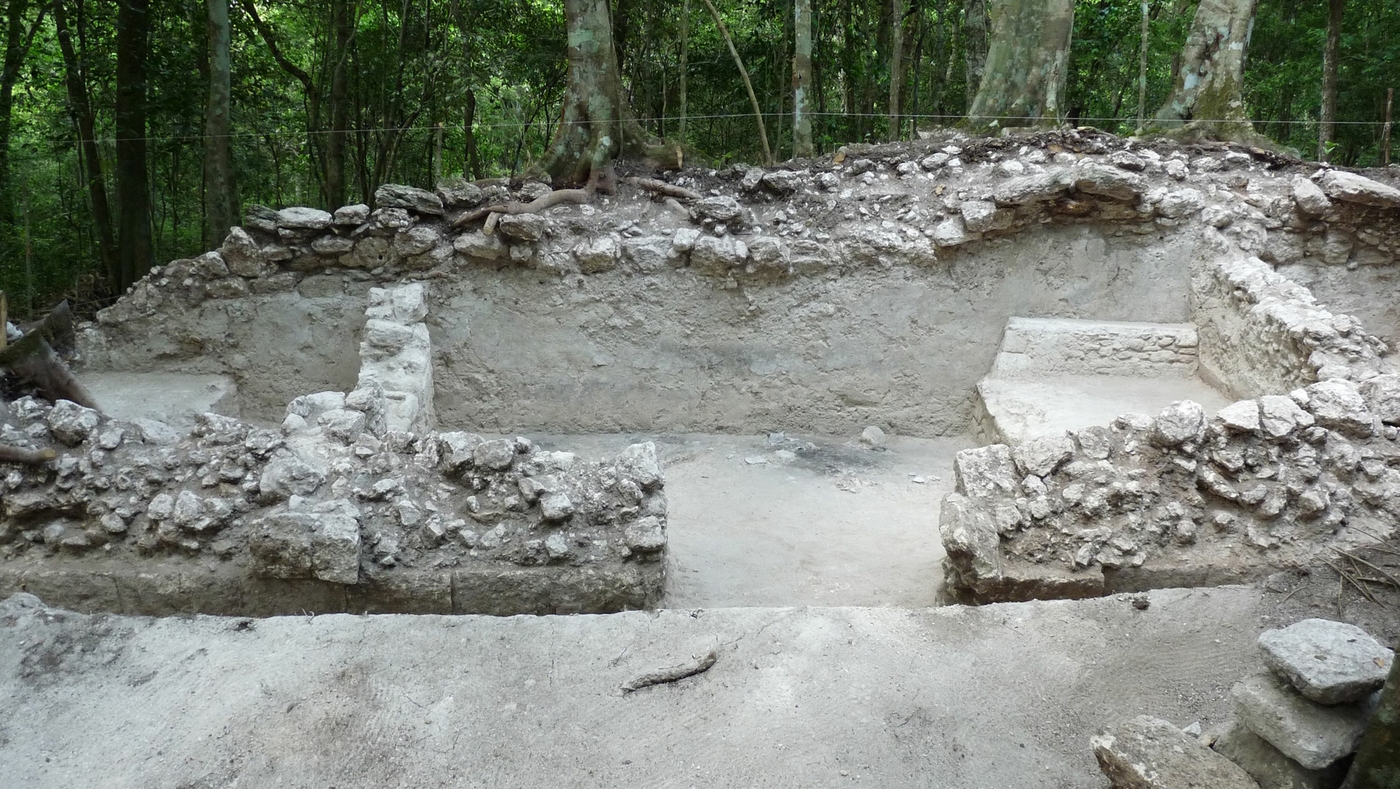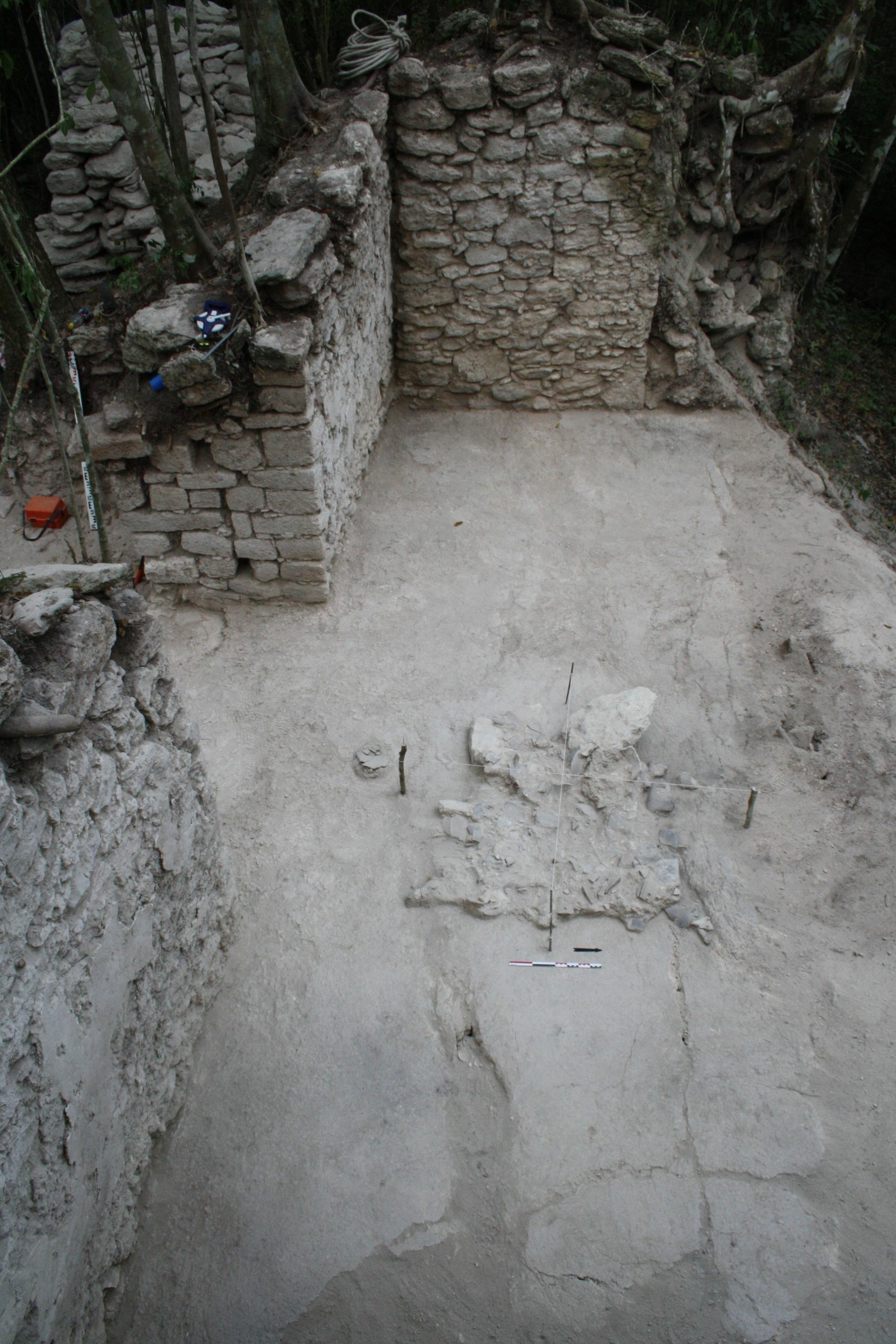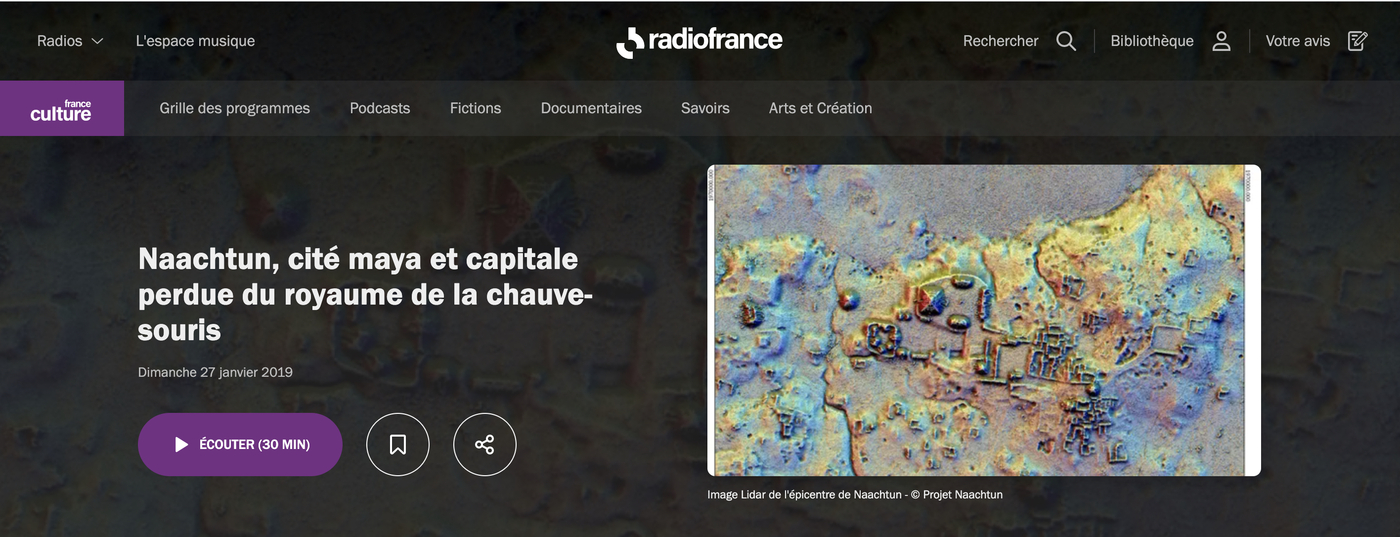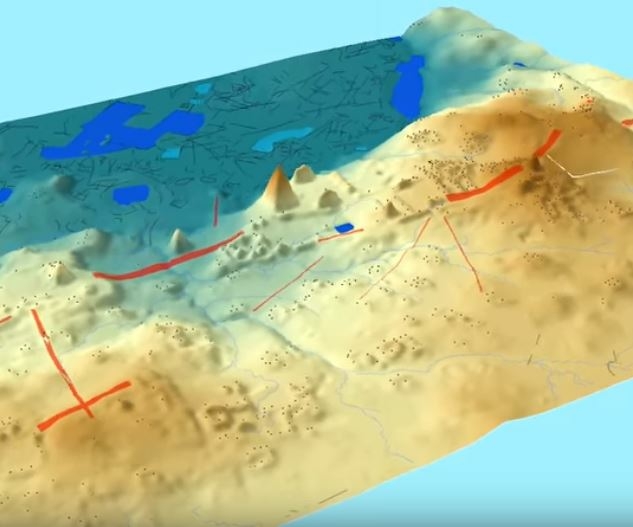Naachtun
The site of Naachtun is a large Mayan regional capital dating from the Classical period (150-950 CE). Located at the heart of the Peten, in Guatemala, the cradle of Mayan civilisation, Naachtun was remarkable for its longevity and prosperity, despite its location between Tikal and Calakmul, two large rival cities that fought each other for control over the central lowlands throughout the Classical period.

Although superficially studied since its discovery in 1922, the city was one of the last major high-potential Mayan sites to be extensively researched. Composed of a monumental 35-hectare epicentre, a 175-hectare residential area with some 600 structures of all kinds, and more than 80 sculpted stone monuments, including steles and altars, the city was the seat of a powerful local dynasty, the Bat dynasty. Researchers are currently working to reconstruct the social, political and economic organisation of the capital and the use of local resources in a tropical context.
An international research project
The Naachtun research project is an international and multidisciplinary initiative launched in 2010 and implemented by a high-level team of specialists from the fields of archaeology, including archaeologists, ceramologists, lithic experts, mortuary archaeologists, epigraphists and iconologists, and related fields, including archaeozoologists, malacologists, anthracologists, as well as experts in palaeoenvironments, such as geographers, sedimentologists, palaeoecologists, phytolithic experts. The project also includes a major heritage component relating to the conservation of the site - its stone sculpted monuments and buildings - and the laboratory conservation of artefacts. This work is performed by qualified conservators and architects. Lastly, training future generations of researchers is also a cornerstone of this initiative, with no fewer than six doctoral theses already submitted on the site and multiple Masters dissertations, in France, Guatemala and Mexico, both in the field of archaeology and the environmental sciences.
A capital and its hinterland
After previously working (2010-2018) on two stages when the city was at the height of its development (Early Classic: 150-550 and the Late Classic: 550-950 CE) by studying the epicentre of the city and its adjoining residential area (2.5 km²), the project made a radical departure in 2019 after acquiring LiDAR data covering an area of 135 km², which allowed researchers to consider the site within the context of the territory it controlled and which provided its food. In the future, therefore, our efforts will focus on this territory, a hinterland covering an area of 135 km², which provided the capital Naachtun with its food, manpower and specialised production. Thanks to the diversity of the archaeological mission in terms of its research subjects and the varied expertise of its teams, it was awarded the excellence label by the Académie des Inscriptions & Belles-Lettres between 2016 and 2019, and in 2018, it was awarded the Grand Prix d’Archéologie by the Fondation Simone et Cino del Duca.
Project support
The project is supported by the French Ministry for Europe and Foreign Affairs on the advice of the Excavations Board (Commission des fouilles).
Besides the support of theFrench Ministry for Europe and Foreign Affairs, the project is also funded by the following French entities: the CNRS, and the Université de Paris 1 Panthéon-Sorbonne and receives ad hoc funding from the LabEx DynamiTe. In Guatemala, the project benefits from the annual assistance of the Fondation Pacunam and the company Perenco. Lastly, since 2018 the project has been awarded a grant by the Fondation Simone et Cino del Duca.
Useful links
- Naachtun. La cité maya oubliée.© ARTE Film/FILM À CINQ - 2016. Video 93 minutes
Articles
- Archéologie des Amériques - projet Naachtun
- Centre français des études mexicaines et centre-américaines
- Académie des inscription et belles lettres - projet "Péten Norte"
- L'archéologie maya à la croisée des chemins. La lettre de l'InSHS (pdf)
- Nouvelles révélations sur la compléxité des cités mayas. Le journal du CNRS
- Plus de 60 000 vestiges de la civilisation maya découverts au Guatemala. Le Monde 2018/09/28
Program Carbone 14/ France Culture
Listen again to the program "Naachtun, cité maya et capitale perdue du royaume de la chauve-souris" by Philippe Nondédéo of 28/01/2019


